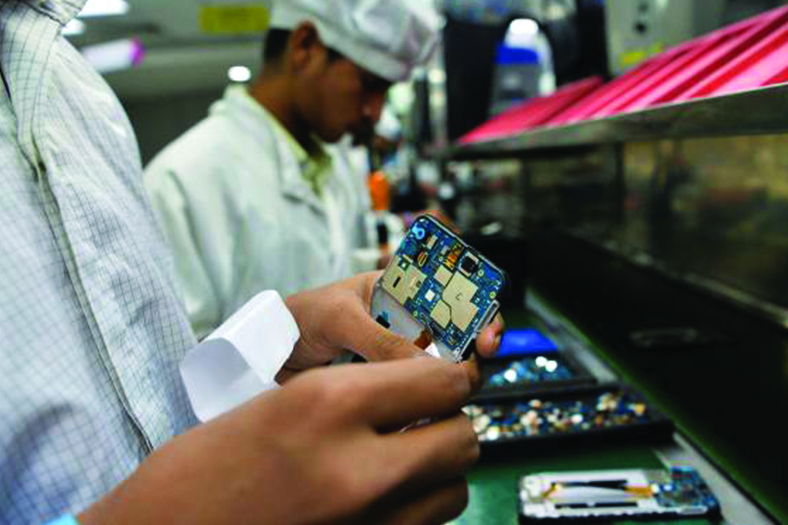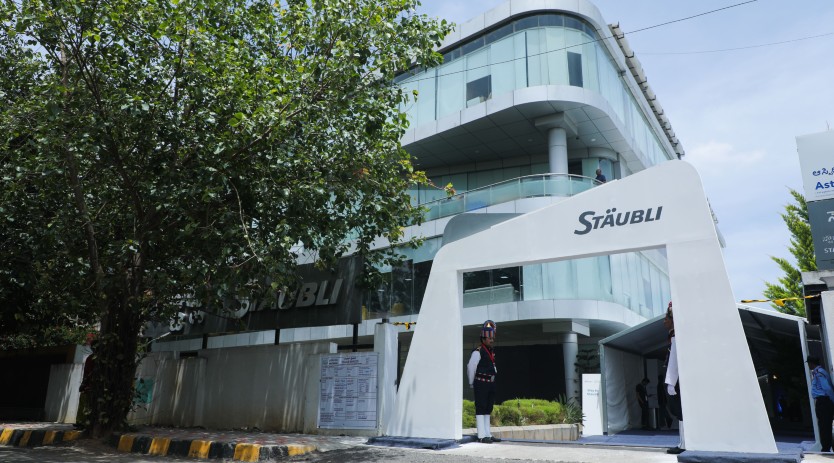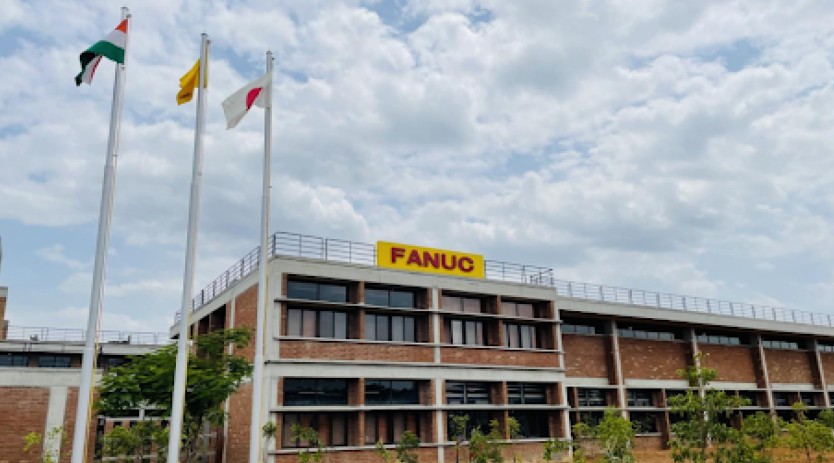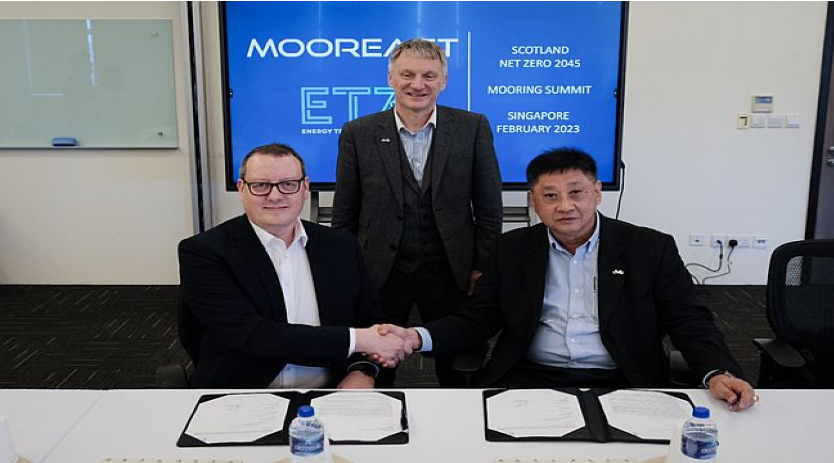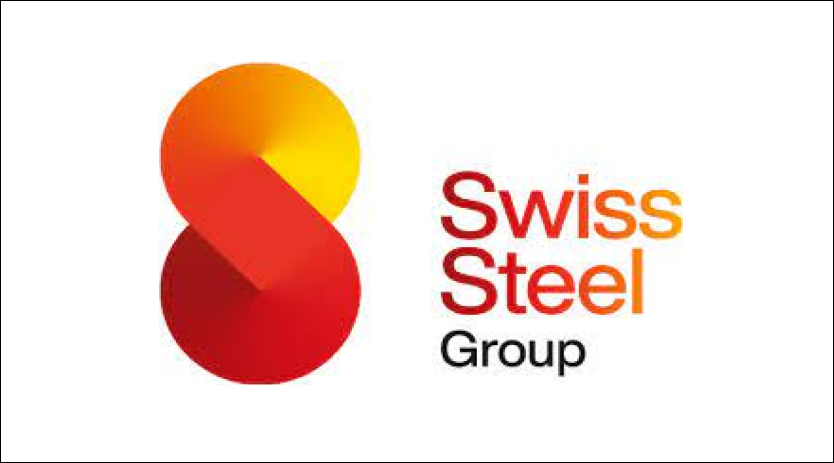Manufacturing market creates diversity in supply chain in India
December 5, 2020 1:58 pm
The deserted Nokia factory in India’s southern state of Tamil Nadu was once a symbol of the country’s struggle to boost electronics manufacturing. In 2014, Nokia shut production in Sriperumbudur — its largest plant in the world with more 8,000 employees — after a tax dispute with New Delhi and packed up to Vietnam. Six years later, the abandoned factory is being taken over by Salcomp, the world’s largest phone charger manufacturer. Salcomp is expanding its operations in India rapidly, along with other Apple manufacturers such as Wistron, Foxconn and Pegatron. All are seeking to tap the Indian market and diversify supply chains from China — and reap the benefits of manufacturing incentives offered by New Delhi. “It was difficult times when Nokia left, everyone moved out,” said Sasikumar Gendham, Salcomp India head, on a tour of the plant where workers, wearing face masks and sitting in booths with plastic barriers to protect themselves from coronavirus, were assembling chargers for Apple, Xiaomi, Oppo and Samsung. “But now they [the manufacturers] have come back. There is a lot that India has to offer.”
Salcomp churns out more than 8m chargers a month in India, where it employs more than 7,500 people. It has plans to hire thousands more over the next two years as the abandoned special economic zone springs back to life. “We are now trying to also diversify ourselves into many different segments,” said Mr Gendham, outlining a push into green energy components and mobile phone accessories. Sixteen electronics manufacturers have also announced investment plans in India under New Delhi’s ambitious production linked incentive (PLI) scheme to boost manufacturing. Foxconn is moving in next door to Salcomp and last week Pegatron announced a $150m investment for its new India unit at a soon to be announced location. The $6bn, five-year scheme provides a short-term subsidy for goods made in India if the companies hit targets set by the government. The scheme is designed to make the cost of manufacturing more competitive with rivals China and Vietnam as well as shore up exports, though experts warn it may be unsustainable. India’s economy contracted 7.5 per cent year-on-year in the quarter ending in September, after plunging a record 24 per cent in the previous quarter. Analysts say that manufacturing, a sector showing a stronger rebound than others, is crucial to the country’s economic recovery. India this year became a net handset exporter of mostly low-end phones, with its share of global production volume rising to 20 per cent, according to Credit Suisse. But the value-add in the country is low and it depends on China and other countries for critical hardware components, such as circuits and batteries. Last month, Narendra Modi’s government expanded the scheme to other sectors. Nirmala Sitharaman, finance minister, said it would help the country move closer to “Aatma Nirbhar Bharat” — self-reliant India — as the government turns against free trade agreements. “In the name of openness, we have allowed subsidised products and unfair production advantages from abroad to prevail. And all the while, this was justified by the mantra of an open and globalised economy,” said S Jaishankar, India’s minister of external affairs. But experts warn that the PLIs are the latest manifestation of Mr Modi’s inward-looking economic policies that threaten the country’s recovery from the coronavirus pandemic. Arvind Subramanian, India’s former chief economic adviser, and economist Shoumitro Chatterjee from Pennsylvania State University, argued in a recent paper that New Delhi’s emphasis on self-reliance and its domestic market was squandering an opportunity to snap up more export market share. They contend policymakers are relying on domestic demand, pulling out of free trade agreements, including the Regional Comprehensive Economic Partnership, and increasing trade restrictions. In 2018 alone, there were nearly 2,500 tariff increases, according to their research.
Cookie Consent
We use cookies to personalize your experience. By continuing to visit this website you agree to our Terms & Conditions, Privacy Policy and Cookie Policy.



